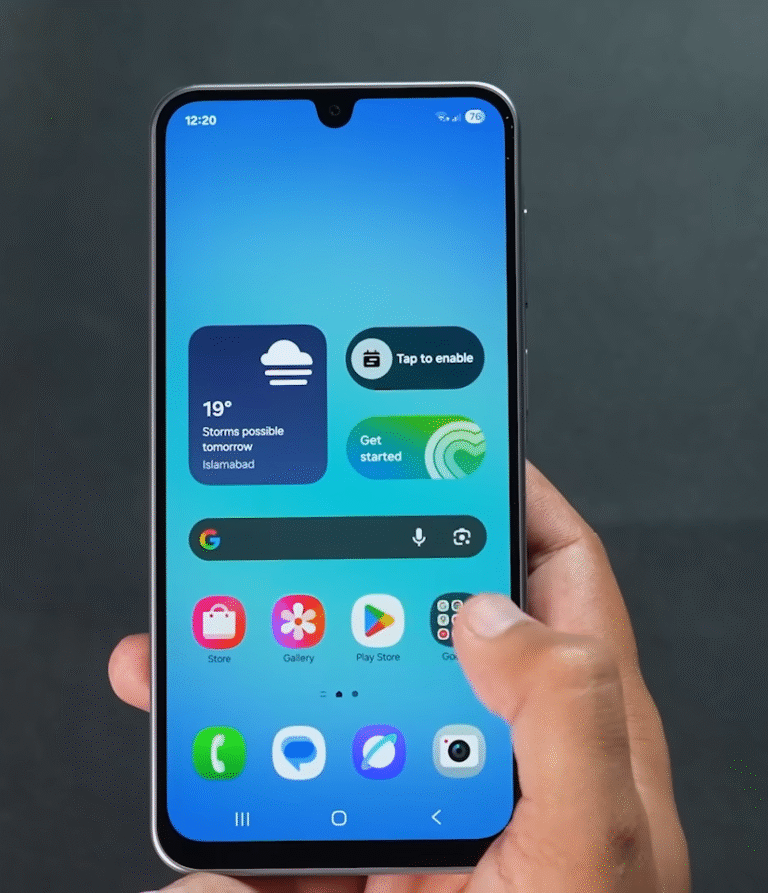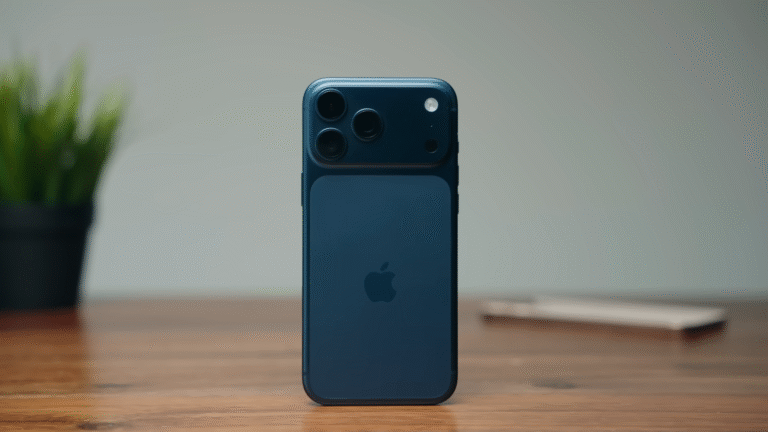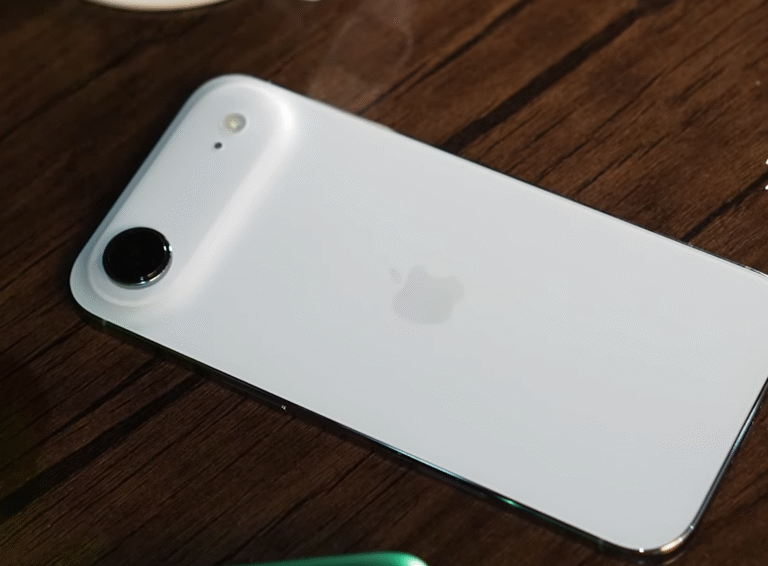In the world of smartphones, originality has become one of the rarest currencies. For years, Apple has set the tone for design, hardware, and ecosystem strategies, while Android manufacturers have worked to distinguish themselves with fresh ideas. But the recent launch of the Google Pixel 10 series has sparked a heated debate: is Google truly innovating, or simply reusing Apple’s playbook with minor tweaks?
The Pixel 10 phones come packed with features and sleek hardware, but as the dust settles, many consumers and critics are pointing out just how similar these devices feel to what Apple has already been doing for years. From Pixel Snap, which mirrors Apple’s MagSafe, to the sky-high pricing of the Pixel Fold, Google seems less focused on forging its own path and more on catching up to its biggest rival.
In this in-depth analysis, we’ll explore everything Google announced, compare it to Apple’s strategy, and discuss what this means for consumers, competition, and the future of smartphone innovation.
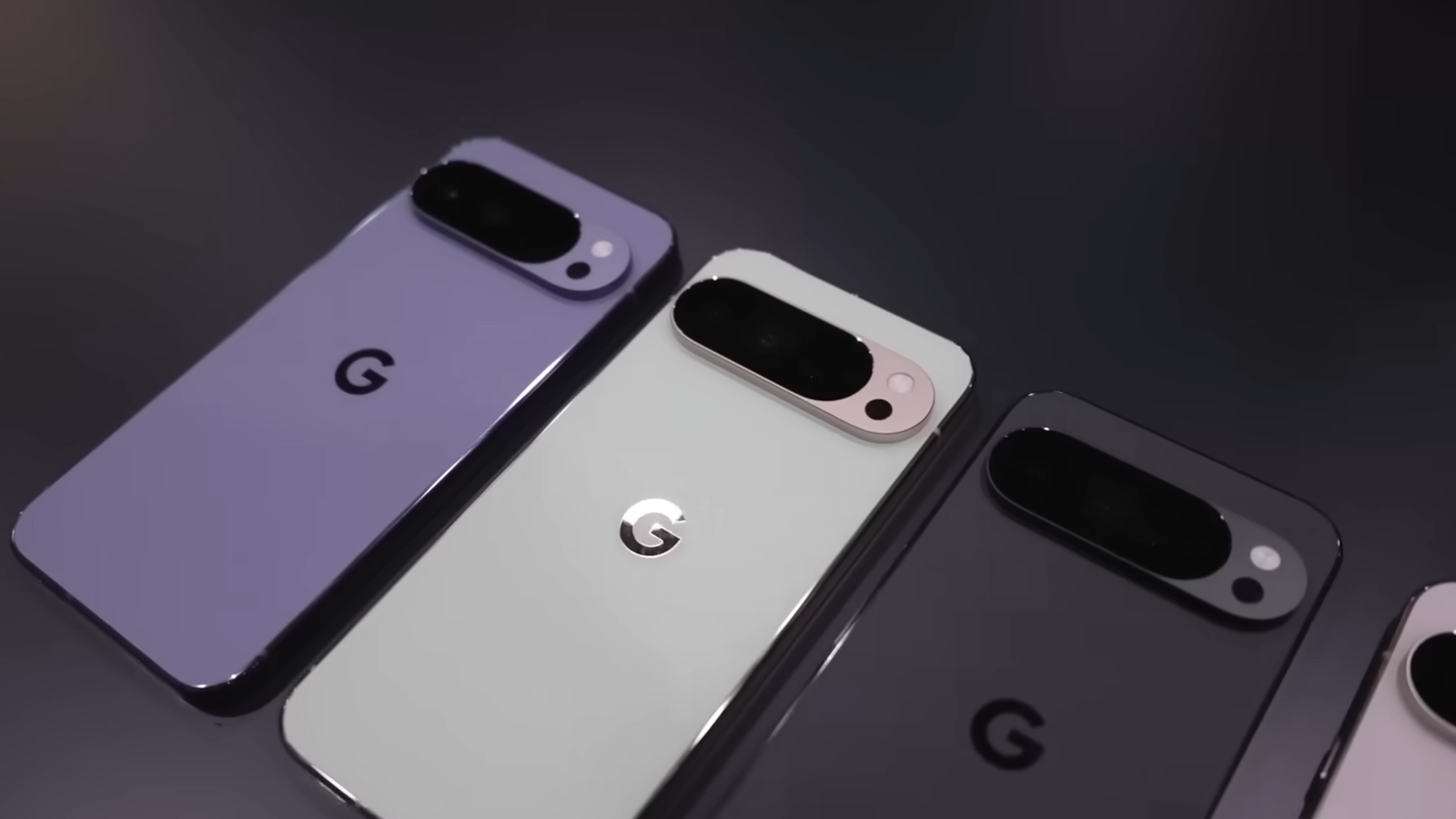
The Pixel 10 Announcement: A Familiar Show
Google’s recent keynote was packed with excitement, dramatic product reveals, and a highly polished presentation style. But if you watched closely, the event felt oddly familiar—as if it were modeled after Apple’s iconic keynote formula.
The CEO and presenters leaned into exaggerated enthusiasm, hyping features with lines like “This is incredible!” before even explaining what the product actually did. Apple fans know this tactic well; it’s practically a trademark of Tim Cook’s stage presence. Google’s attempt, however, bordered on parody, with many online commentators joking that the company was cosplaying Apple instead of being itself.
That’s not to say the Pixel 10 isn’t impressive—it is. But from the very first moments, the tone of the presentation signaled that Google wasn’t just launching a phone. They were launching a phone the Apple way.
Pixel Snap: Google’s Take on MagSafe
One of the headline features of the Pixel 10 is Pixel Snap—a magnetic accessory system that allows chargers, wallets, and stands to click seamlessly onto the back of the phone.
Sound familiar? It should. Apple introduced MagSafe back in 2020 with the iPhone 12 lineup. The concept is nearly identical: a magnetic ring embedded in the back of the phone that aligns perfectly with accessories.
The difference lies in the origin story. Apple developed MagSafe as a proprietary feature, designed to keep users tied to the iPhone ecosystem. Google, on the other hand, based Pixel Snap on an open standard that Apple itself helped shape.
And here’s the irony: Apple has always thrived on closed systems—special screws, proprietary cables, glue-sealed devices—while Google usually embraces openness. Yet, in this case, Google is leveraging an open standard that Apple never truly made open for everyday use. To many, Pixel Snap looks less like innovation and more like imitation.
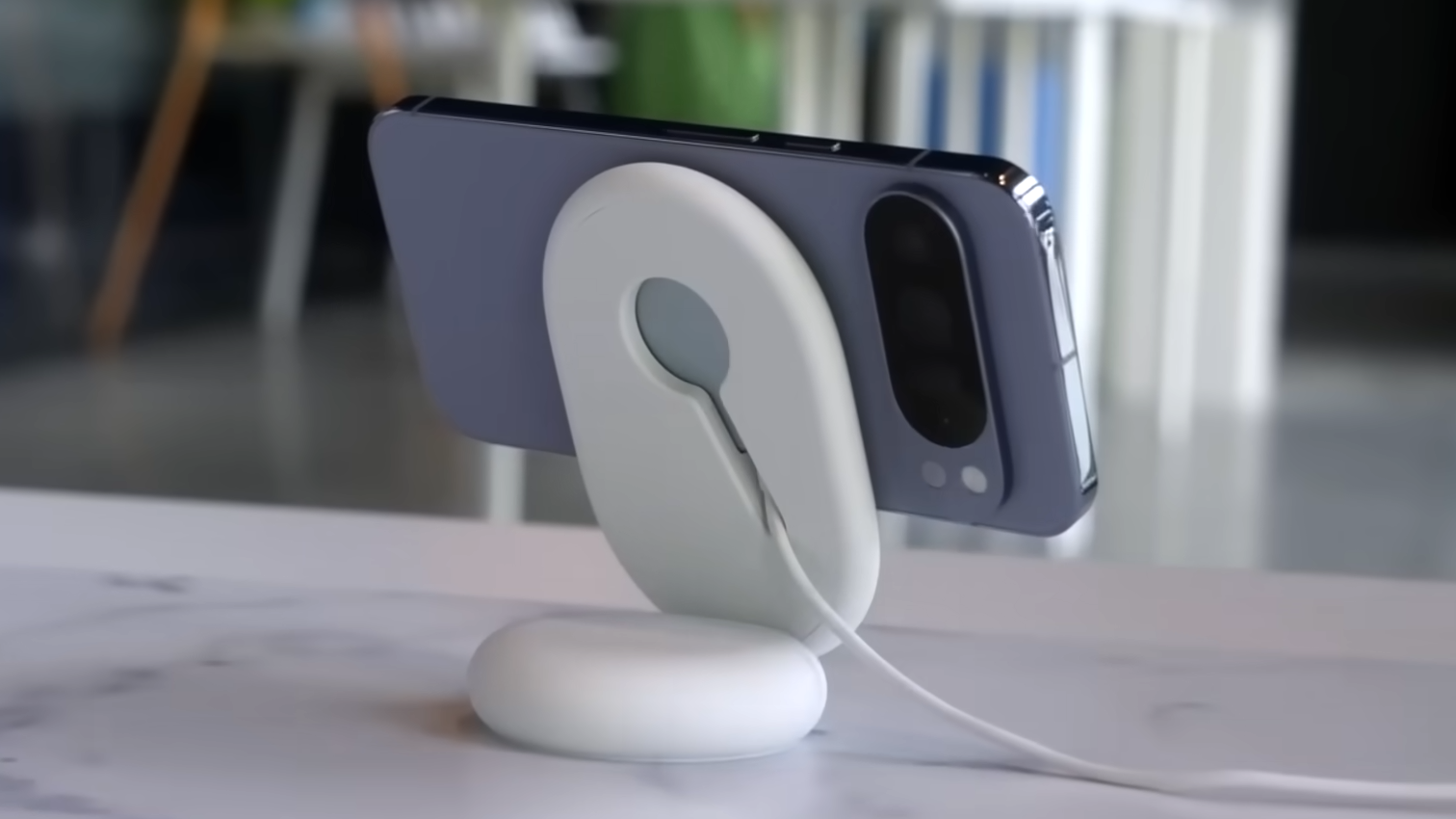
The Pixel Fold: Two Phones for the Price of Two
Perhaps the most eyebrow-raising part of Google’s announcement was the pricing of the Pixel Fold. At a starting cost of $1,800, and with configurations reaching beyond $2,600, Google has positioned its foldable as one of the most expensive consumer devices on the market.
Foldable technology is fascinating, and the Pixel Fold delivers on that futuristic promise. But here’s the kicker: it doesn’t feel like better value than two separate flagship devices. It’s essentially two screens joined together, yet you’re not getting a two-for-one deal—you’re paying for two phones, at the price of two phones.
Apple is often criticized for its premium pricing, but even hardcore Apple users raised their eyebrows at Google’s aggressive numbers. If anything, the Pixel Fold feels like a device targeted at ultra-early adopters willing to pay a steep entry fee rather than a product designed for mainstream users.
Borrowing Apple’s Branding: The “Pro” Label
Another notable copycat move is Google’s use of the “Pro” branding. Apple has long used the Pro moniker to distinguish high-end versions of its devices, from the MacBook Pro to the iPhone Pro.
Now, Google is following suit. The Pixel 10 Pro and Pro Max models aim to signal premium quality, but instead of feeling like a meaningful distinction, it comes across as mimicry. During the keynote, presenters even started calling each other “Pro,” blurring the line between a product designation and a gimmick.
Apple’s Pro products have always carried tangible differences—higher refresh rate displays, better cameras, advanced processors. Google’s attempt, on the other hand, feels less like a distinction and more like branding theater.
Marketing Like Apple, but Without the Magic
Apple’s keynotes are famous for creating a sense of magic. Each product is unveiled like a cultural event. Whether you love or hate Apple, there’s no denying they’ve mastered the art of storytelling in product launches.
Google, however, is still finding its footing. Their Pixel 10 keynote was slick, but it lacked authenticity. Where Apple exudes confidence in its proprietary vision, Google’s event felt like an impression—a company trying to play a role that wasn’t truly theirs.
When Google presenters repeated lines like “Now we’re talking!” and “This is amazing!” it didn’t inspire excitement. Instead, it highlighted how hard Google was trying to replicate Apple’s showmanship.
Competition or Copycatting?
Competition in tech is essential. Apple and Google have pushed each other for decades, from mobile operating systems (iOS vs. Android) to app stores and ecosystem strategies. But competition requires differentiation.
When one company begins to shadow another too closely, the line between healthy competition and simple imitation blurs. With Pixel Snap, the Pro branding, and Apple-style keynotes, Google risks losing its own identity in the race to stay relevant.
That’s not to say Google doesn’t innovate. Their AI-driven camera technology remains some of the best in the industry, and Pixel devices consistently deliver outstanding photography features that even Apple struggles to match. But outside of software, Google’s hardware strategy feels less like leadership and more like catch-up.
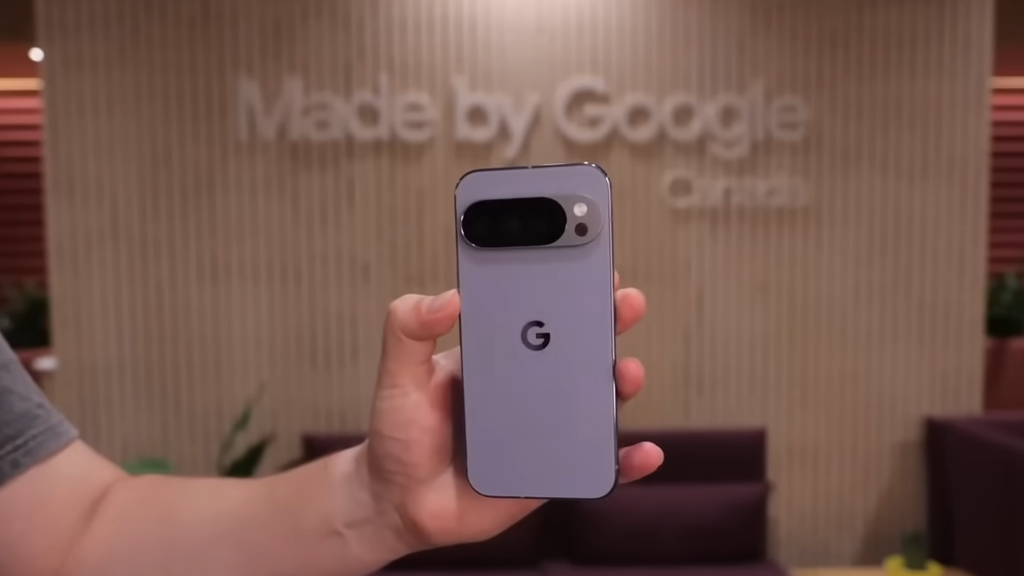
What This Means for Consumers
For everyday buyers, the Pixel 10 offers plenty of value. The hardware is sleek, the cameras are excellent, and the integration with Google’s ecosystem is smoother than ever. For Android fans, it’s one of the best devices on the market.
But consumers who follow the industry closely will notice the heavy Apple influence. That raises two important questions:
- Are consumers truly getting innovation, or just an Apple-style Android device?
- At these price points, does it make sense to choose Pixel over iPhone?
For many, the choice will come down to ecosystem loyalty. iPhone users won’t jump ship, and Android loyalists will enjoy the upgrades. But the Pixel 10 won’t necessarily win over undecided users with originality—it will win them with pricing and features that feel like they’ve already been tested by Apple.
What This Means for the Tech Industry
Beyond consumer choice, the bigger issue is what this signals for the tech industry. If Apple continues to lead and Google continues to follow, innovation stagnates. Healthy competition requires risk-taking and bold moves, not shadowing the market leader.
Samsung, for example, has leaned heavily into foldable technology, carving out a unique position in the market. Google has the resources to do the same but risks falling into the role of Apple’s “Android version” rather than charting a bold new direction.
The danger is clear: if companies keep copying Apple, then who will Apple copy when they need inspiration?
Should You Buy the Pixel 10?
If you’re an Android user who wants the latest and greatest, the Pixel 10 is an excellent choice. Its AI features, camera quality, and integration with Google’s services are top-tier.
If you’re comparing it to the iPhone, the choice becomes less about features and more about preference. Do you want Apple’s polished, closed ecosystem, or Google’s more flexible, AI-driven one?
But if you’re looking for something radically new and groundbreaking, the Pixel 10 might not feel revolutionary. It’s an excellent phone, but one that feels more like Apple déjà vu than a bold leap forward.
Conclusion
The Google Pixel 10 is a fascinating device, but it also raises tough questions about originality in the smartphone industry. From Pixel Snap echoing MagSafe to the Pixel Fold’s premium pricing and Apple-style presentations, Google has positioned itself less as a pioneer and more as a competitor trying to keep pace.
Consumers will still enjoy what the Pixel 10 offers—it’s powerful, polished, and full of smart features. But in the long run, Google needs to decide whether it wants to be Apple’s shadow or become its own leader.
Because if Google keeps copying Apple, the real question becomes: when Apple needs a new idea, who will they copy?
FAQs
Q1: What is Pixel Snap, and how is it different from MagSafe?
Pixel Snap is Google’s new magnetic accessory system, similar to Apple’s MagSafe. Both allow chargers and accessories to snap onto the back of the phone. The main difference is that Pixel Snap is based on open standards, while MagSafe is proprietary to Apple.
Q2: How much does the Pixel Fold cost?
The Pixel Fold starts at $1,800 and can exceed $2,600, making it one of the most expensive foldable phones on the market.
Q3: Why is Google being compared to Apple?
Many of Google’s choices with the Pixel 10—like Pixel Snap, the “Pro” naming, and the keynote presentation style—mirror Apple’s long-standing strategies.
Q4: Is the Pixel 10 worth buying?
Yes, if you want a premium Android experience with excellent cameras. But if you’re looking for groundbreaking innovation, the Pixel 10 feels more like refinement than revolution.
Q5: Who is the Pixel 10 best for?
It’s best for Android users who want top-tier hardware and seamless integration with Google’s ecosystem. iPhone users are unlikely to switch based on these updates alone.

